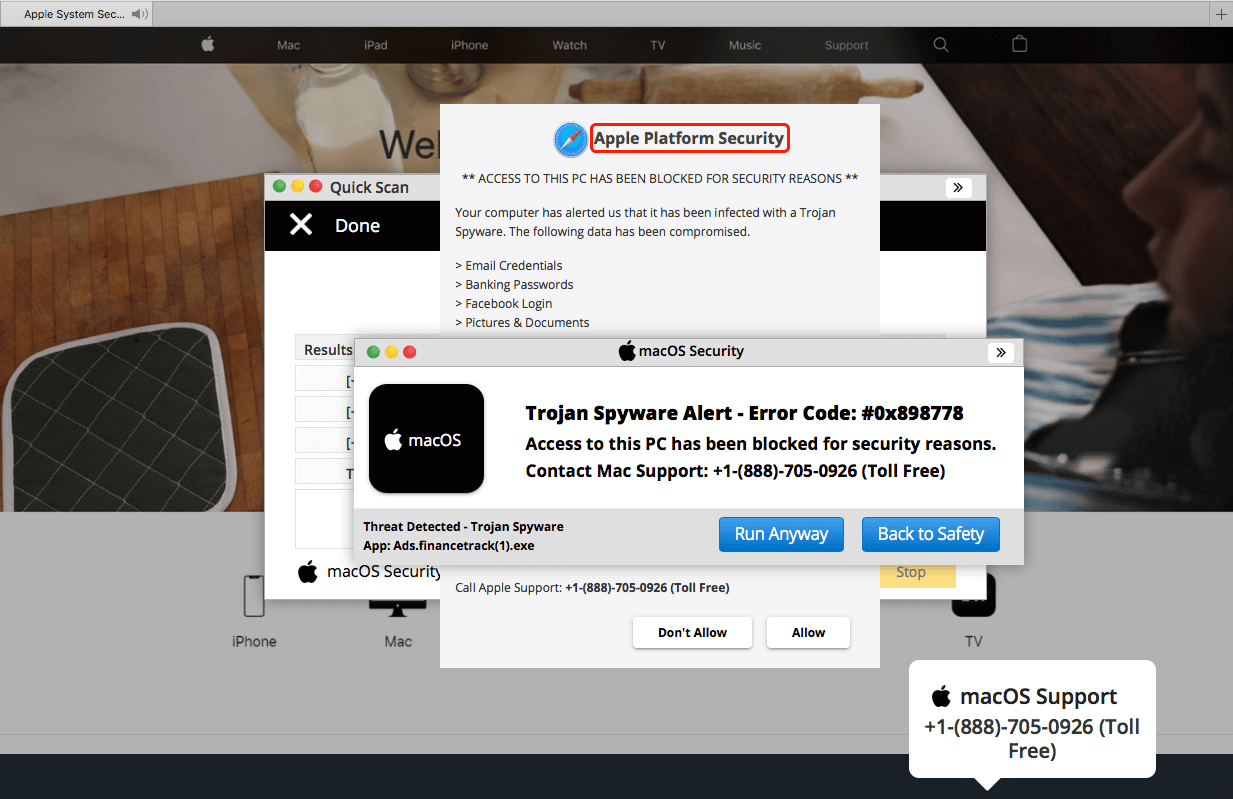Overview of Traditional PBX Systems
3 min readOverview of Traditional PBX Systems  PBX is an acronym for Private Branch Exchange and the equipment is used for interconnecting telephone lines and extensions in an office or within a business premises. The exchange is similar to a central office exchange but it is much smaller and privately owned. The primary purpose of a PBX is to route incoming calls to the appropriate extensions within the business premises and to share a group of trunk lines amongst extensions. When an outside call is required, an access number is dialed (example “9”) to access an outside trunk line. The PBX then transfers the call to the phone company’s Central Office. The telephone company then connects the call to the desired external number. Instead of manually connecting a call with a patch cable, a traditional PBX uses a miniature switch to route the analog signal. Traditional PBX systems were initially based on analog technology and could support only a limited number of telephone lines. Eventually, analog PBX switches were replaced with digital switches to support higher densities of both internal telephone lines and connections to external lines and trunks. In large corporations, the PBXs will usually be contained in a separate wiring closet whereas smaller businesses will have smaller and more compact PBXs sitting at the front desk. When purchasing a traditional PBX, the size of the system depends on the number of extensions you require. The number of extensions includes phones on desks of employees, number of trunks, fax machine lines, modems, credit card terminals, and other devices that need a phone connection. Some PBX systems are scalable, and can accommodate additional extensions by the addition of a card that allows for more ports. Traditional PBX phone equipment was designed for PSTN (Public Switched Telephone Network), even though the PSTN is now almost entirely digital. A traditional PBX system can cost substantially. Apart from the up-front cost of equipment and installation charges, the total cost of ownership would also entail regular maintenance. Besides, the traditional PBX will require a skilled employee to handle the entire telephone traffic. Traditional PBX has other disadvantages as well. With traditional PBX, if any change is needed – even as little as a change in schedule or adding a holiday greeting – it will necessitate an on-site visit of tech support staff usually charging by the hour. Traditional PBX is based on an increasingly obsolete technology and its features are also therefore limited. Hosted IP-PBX is based on the modern sophisticated technology and constantly developing with all new features and gadgets possible. With the advent and rapidly increasing popularity of Voice over Internet Protocol (VoIP) networks have resulted in completely digital PBX systems that use digital technology and Internet protocol (IP) to route phone calls to the proper telephone handset. IP-PBX systems are less expensive than traditional PBX systems and are lot easier to configure. Another advantage of an IP-based PBX is that the system can support traditional telephone handsets or software-based telephones. With a software-based telephone, a user has only to plug a headset into a computer and use a virtual telephone to dial and receive telephone calls. There are many other advantages for an organization moving away from the traditional phone system and switching over to Internet based hosted PBX system.
PBX is an acronym for Private Branch Exchange and the equipment is used for interconnecting telephone lines and extensions in an office or within a business premises. The exchange is similar to a central office exchange but it is much smaller and privately owned. The primary purpose of a PBX is to route incoming calls to the appropriate extensions within the business premises and to share a group of trunk lines amongst extensions. When an outside call is required, an access number is dialed (example “9”) to access an outside trunk line. The PBX then transfers the call to the phone company’s Central Office. The telephone company then connects the call to the desired external number. Instead of manually connecting a call with a patch cable, a traditional PBX uses a miniature switch to route the analog signal. Traditional PBX systems were initially based on analog technology and could support only a limited number of telephone lines. Eventually, analog PBX switches were replaced with digital switches to support higher densities of both internal telephone lines and connections to external lines and trunks. In large corporations, the PBXs will usually be contained in a separate wiring closet whereas smaller businesses will have smaller and more compact PBXs sitting at the front desk. When purchasing a traditional PBX, the size of the system depends on the number of extensions you require. The number of extensions includes phones on desks of employees, number of trunks, fax machine lines, modems, credit card terminals, and other devices that need a phone connection. Some PBX systems are scalable, and can accommodate additional extensions by the addition of a card that allows for more ports. Traditional PBX phone equipment was designed for PSTN (Public Switched Telephone Network), even though the PSTN is now almost entirely digital. A traditional PBX system can cost substantially. Apart from the up-front cost of equipment and installation charges, the total cost of ownership would also entail regular maintenance. Besides, the traditional PBX will require a skilled employee to handle the entire telephone traffic. Traditional PBX has other disadvantages as well. With traditional PBX, if any change is needed – even as little as a change in schedule or adding a holiday greeting – it will necessitate an on-site visit of tech support staff usually charging by the hour. Traditional PBX is based on an increasingly obsolete technology and its features are also therefore limited. Hosted IP-PBX is based on the modern sophisticated technology and constantly developing with all new features and gadgets possible. With the advent and rapidly increasing popularity of Voice over Internet Protocol (VoIP) networks have resulted in completely digital PBX systems that use digital technology and Internet protocol (IP) to route phone calls to the proper telephone handset. IP-PBX systems are less expensive than traditional PBX systems and are lot easier to configure. Another advantage of an IP-based PBX is that the system can support traditional telephone handsets or software-based telephones. With a software-based telephone, a user has only to plug a headset into a computer and use a virtual telephone to dial and receive telephone calls. There are many other advantages for an organization moving away from the traditional phone system and switching over to Internet based hosted PBX system.







